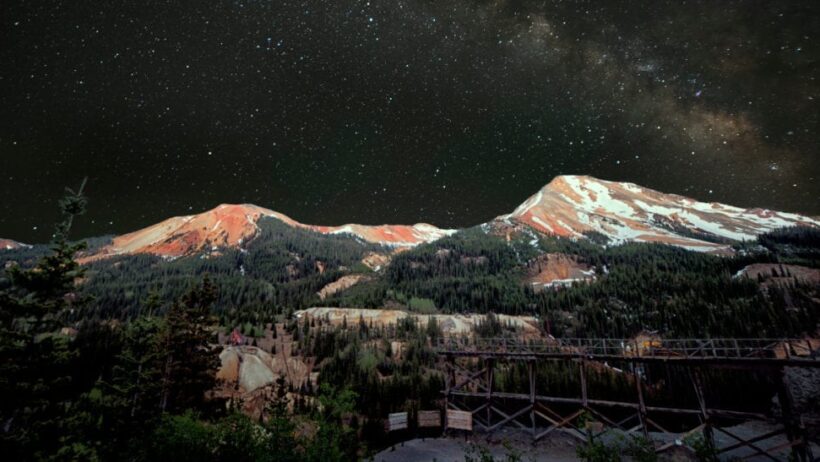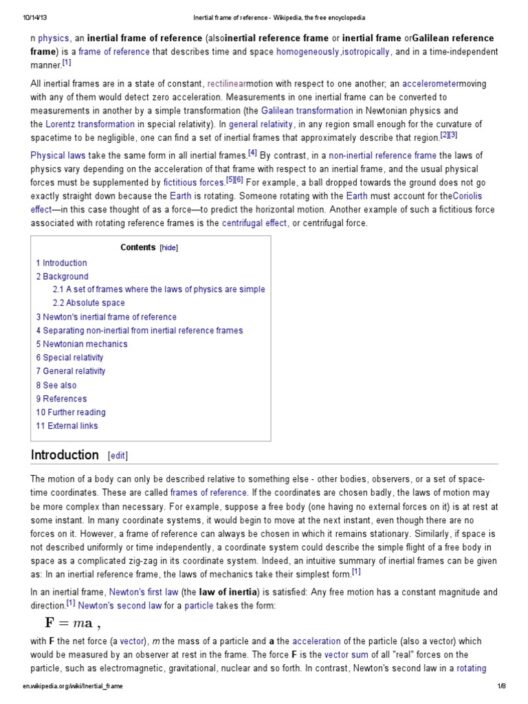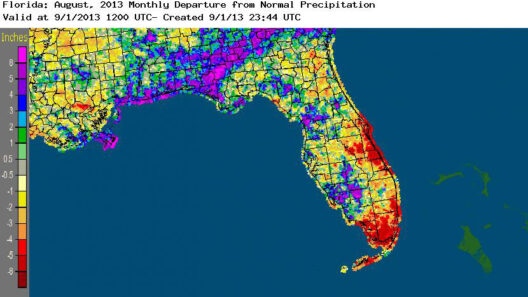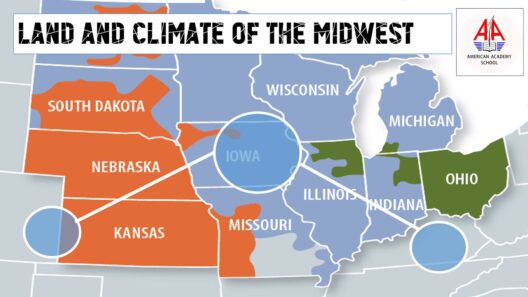Colorado, a state characterized by its breathtaking landscapes ranging from towering peaks to verdant valleys, possesses a climate that is as diverse as its geography. Situated in the heart of the Rocky Mountains, Colorado experiences a wide array of weather phenomena throughout the year, making it a fascinating study in climatic contrasts. Have you ever wondered how such a spectacular environment influences and responds to climate changes in our world today? This question invites us to explore Colorado’s climatic tapestry and the challenges posed by the evolving climate.
To begin, it is essential to recognize the primary climatic zones within Colorado. The state is typically divided into three major regions: the plains, the foothills, and the mountainous areas. Each of these zones presents its own unique weather patterns and characteristics. The eastern plains are predominantly arid, experiencing hot summers and cold winters, while the foothills enjoy a transitional climate with moderate temperatures. Conversely, the mountainous areas are marked by their distinct alpine climate, leading to significant variations depending on the altitude.
Mountain winters in Colorado are legendary. The state receives substantial snowfall, driven by its high elevation and presence of the Rockies. Snowfall can begin as early as September and last well into May, providing ideal conditions for winter sports enthusiasts. Ski resorts like Aspen, Vail, and Breckenridge flourish during this time, attracting visitors from around the globe. However, this bounty of snow also presents a challenge; the consequences of warmer temperatures are beginning to manifest. A troubling trend has emerged: shorter and warmer winters are causing earlier snowmelt, which impacts water supply and recreation industries throughout Colorado.
What does this mean for residents and nature alike? As snowpacks diminish, the Southern Rockies risk facing severe droughts during the summer months. Water scarcity is a notable concern in an arid state where agriculture, urban development, and recreational activities depend heavily on a reliable water supply. The interplay between mountain winters and summer water demand thus highlights the critical relationship between climate patterns and the ecological balance.
Shifting to the summer, Coloradans bask in a typically balmy climate. Days are long, and sunshine abounds. However, this radiant season also brings its own set of meteorological challenges. Thunderstorms are ubiquitous, emerging in the afternoons with remarkable swiftness, often resulting in flash floods. While these rainstorms serve to nourish the arid landscape, they can also lead to erosion, damaging the very soil that sustains agriculture and natural vegetation. Thus, the duality of summer’s warmth and storms embodies the quintessential climate dilemma: abundance versus vulnerability.
The altitude and geography of Colorado contribute to its erratic weather patterns. Temperatures can drastically change within a single day. Early mornings can be cool, while afternoons soar into the mid-80s or higher, particularly in Denver and along the Front Range. This fluctuation calls for a resilient mindset among Coloradans; outdoor enthusiasts often joke that if you don’t like the weather, wait five minutes, and you may have a completely different experience. However, this erratic behavior poses a challenge to ecosystems that struggle to adapt quickly to such variables.
In recent years, climate change has exacerbated these conditions. Colorado’s average temperatures have risen by 2 degrees Fahrenheit since 1977, a trend that is projected to continue. Rising temperatures induce more rapid snowmelt, which further strains water resources during the scorching summer months. Additionally, increased evaporation from higher temperatures means the soil retains less moisture, posing a critical risk to agriculture and natural vegetation alike.
Moreover, wildfires have become a tragic hallmark of Colorado summers. The combination of drought, rising temperatures, and accelerated plant growth in wetter years creates an environment ripe for catastrophic fire events. As nature’s balance shifts, the results are often devastating, with entire ecosystems disrupted and communities forced to evacuate. This begs the question: how can Colorado reconcile its vibrant natural heritage with the realities of climate change?
In response to these challenges, Colorado is actively engaging in climate adaptation strategies. From municipalities implementing water conservation measures to agricultural practices that prioritize sustainable farming, the collective effort aims to mitigate the impacts of climate variability. Coloradans are also increasingly aware of their carbon footprints, advocating for renewable energy sources, enhancing public transportation, and reducing reliance on fossil fuels. These efforts exemplify the determination of a community seeking a sustainable future amid shifting climate narratives.
Yet, awareness alone is insufficient. The question remains: what will it take for Coloradans and larger global communities to prioritize meaningful action to combat climate change? As the impacts become more pressing, it is crucial to foster a culture of proactive engagement, innovation, and collaboration. Ensuring that the splendor of Colorado’s climate is preserved for future generations depends on our willingness to take responsibility now.
Ultimately, understanding the climate of Colorado, with its contrasting mountain winters and sunny summers, provides invaluable insight into broader discussions about environmental fragility and resilience. The state’s climate serves as a microcosm for the planet at large, highlighting the urgent need for a collective response to climate change—one that honors the intrinsic beauty of diversity while actively working to protect it.








